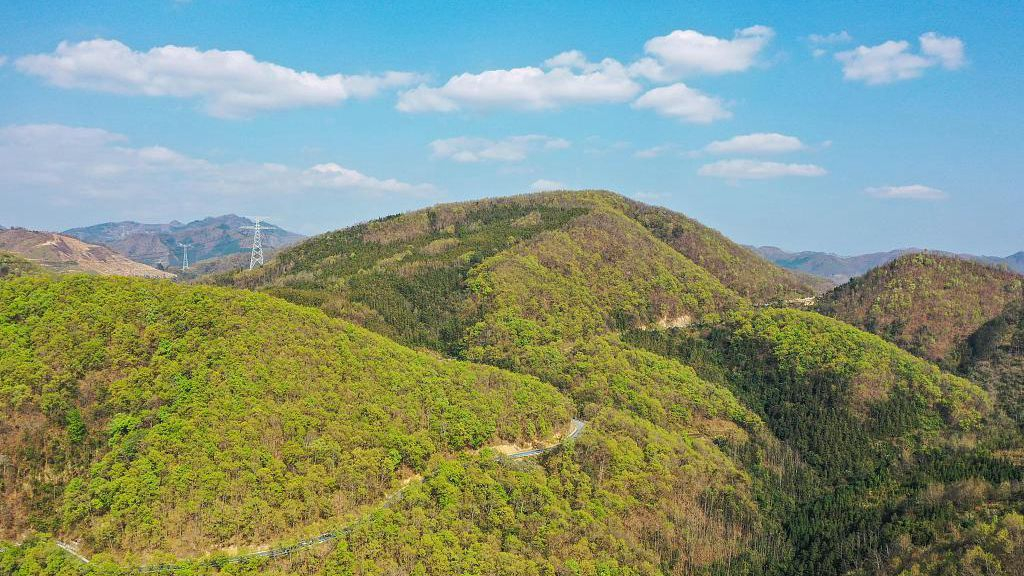There is one place in the world where the word "tree" could be used as a verb instead of a noun.
"A tree is 'tree-ed' in 10 years. A person, a hundred."
I used the most typical past tense form "-ed" to reduce the confusion. The Chinese character, "shu", meaning "tree", is also sometimes used as a verb to indicate "cultivating" and "nurturing."
We plant trees. But once in a while, on days like this, National Arbor Day, we think of our predecessors who planted the greenery, hope, and joy for us.
The origin of China's Arbor Day and a pioneer in forestry protection
Ling Daoyang was born on December 18, 1888. As a child, he joined his uncle on a ship sailing for the U.S., where he worked in Honolulu for two years before returning to China.
He later worked as an English teacher in Beijing where he discovered his passion for forestry.
In 1910, he had the chance to accompany others to study agronomy in Massachusetts. He then proceeded to the forestry major at Yale University where he received a graduate diploma in 1914, became a professional in forestry science, and came back to his home country. In 1915, he and a few colleagues of his, including Han An and Pei Yili, all forestry scientists, proposed to the director of the then National Agriculture Department, Zhou Ziqi, who was also an expert in agriculture and forestry himself, that the Qing Ming Festival should be designated as China's Arbor Day. In July the same year, their proposal was approved.

Located in Shenzhen, Guangdong, this renovated place used to house the Ling Family when Ling Daoyang was a boy. Now it's a small memorial to showcase his life events and legacy. /VCG Photo
Located in Shenzhen, Guangdong, this renovated place used to house the Ling Family when Ling Daoyang was a boy. Now it's a small memorial to showcase his life events and legacy. /VCG Photo
In December 1922, when Qingdao's sovereignty was regained from the Japanese, Ling Daoyang was appointed as a member of the delegation to re-claim China's rights to this city.
Some Japanese nationals in Qingdao started to vandalize local forest when they learned that China was taking it back. Ling organized a group of "forest protectors" of about 40 people to protect the city's greenery from being damaged. Ling started working in Qing Dao's forestry since, planted thousands of trees, and designed numerous parks for the city, including the Zhongshan Park showcased below.
In 1929, National Arbor Day was moved to March 12, the day Sun Yat-sen passed away, who did much to promote forestry as a way to bring a better way of life to people.
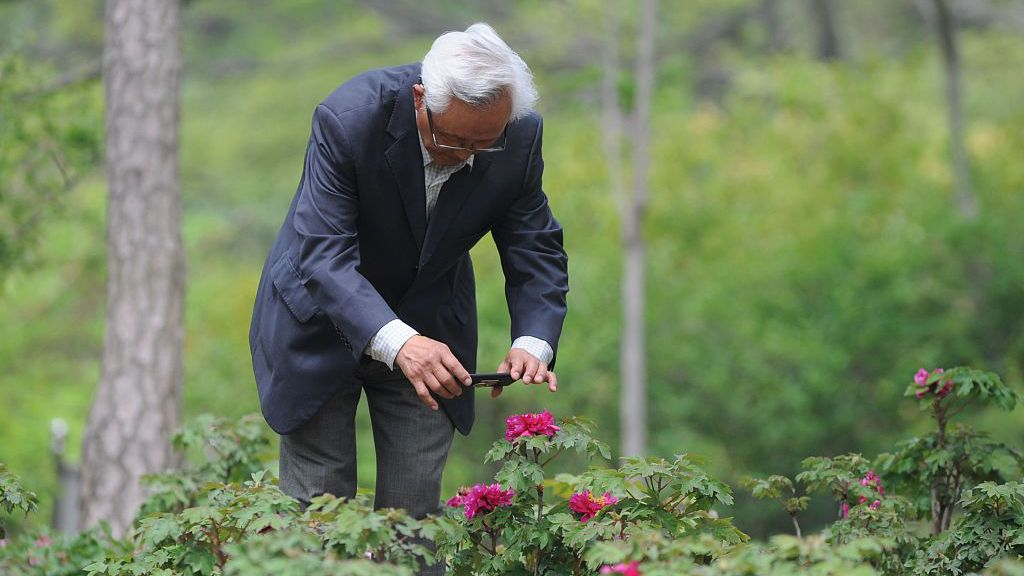
A senior recording a spring bloom in Qingdao's Zhongshan Park, designed by Ling Daoyang. /VCG Photo
A senior recording a spring bloom in Qingdao's Zhongshan Park, designed by Ling Daoyang. /VCG Photo
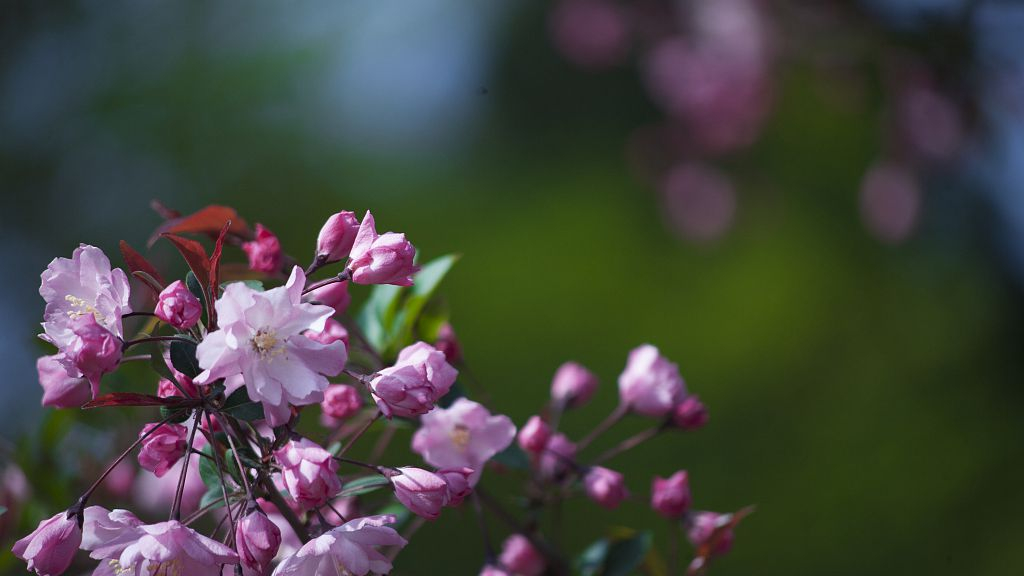
Spring blossom in Zhongshan Park. /VCG Photo
Spring blossom in Zhongshan Park. /VCG Photo
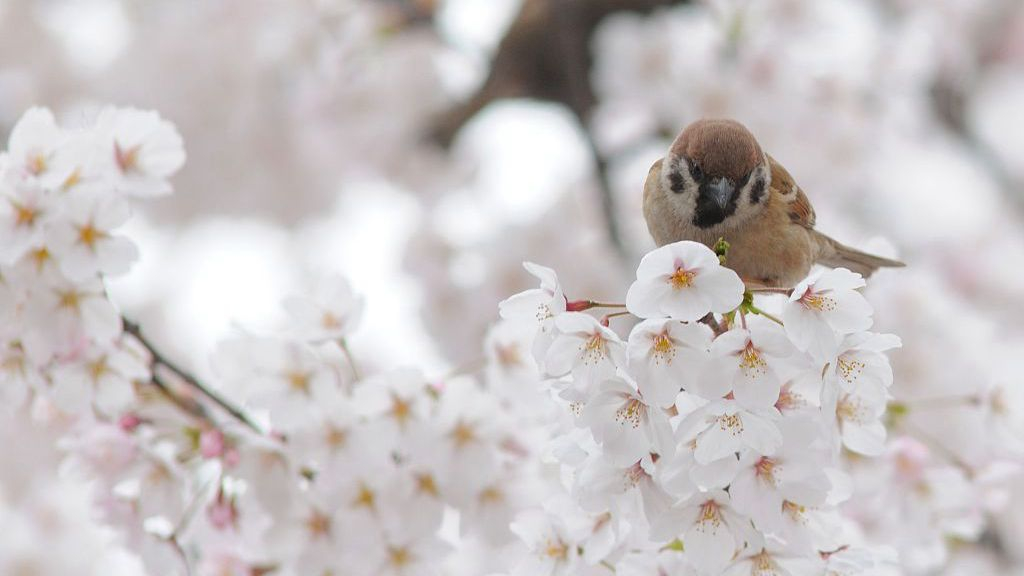
A bird resting on cherry tree brances in early April at Zhongshan Park. /VCG Photo
A bird resting on cherry tree brances in early April at Zhongshan Park. /VCG Photo
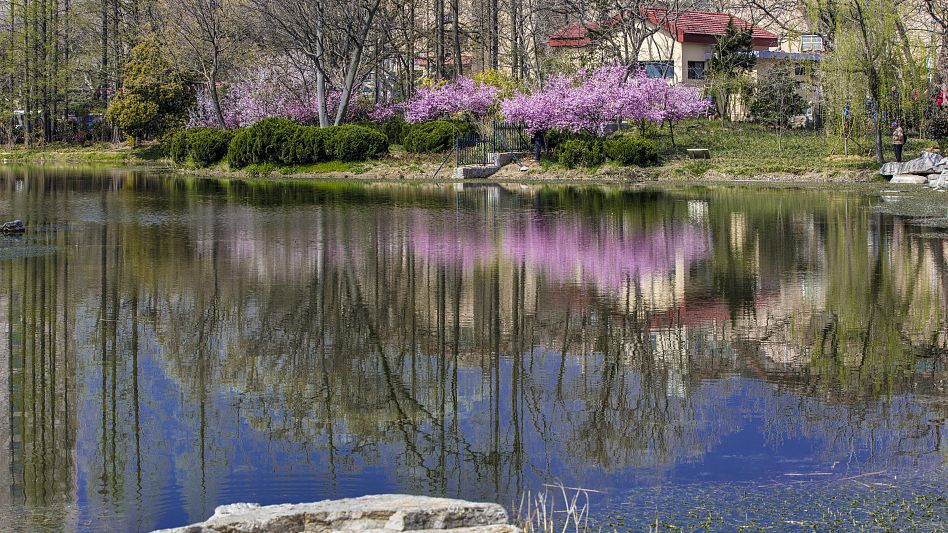
Spring in Zhongshan Park. /VCG Photo
Spring in Zhongshan Park. /VCG Photo
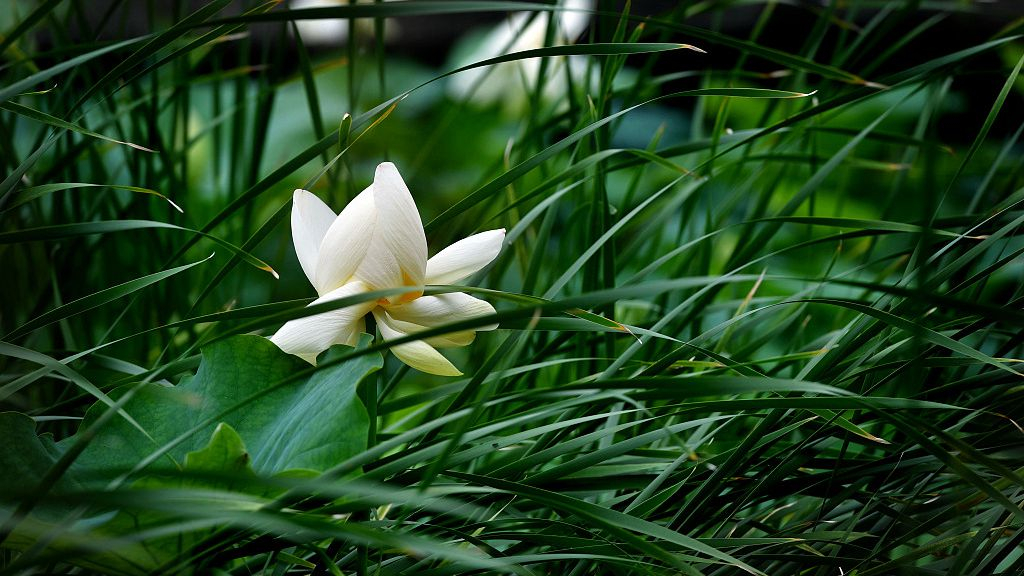
Summer at Zhongshan Park. /VCG Photo
Summer at Zhongshan Park. /VCG Photo
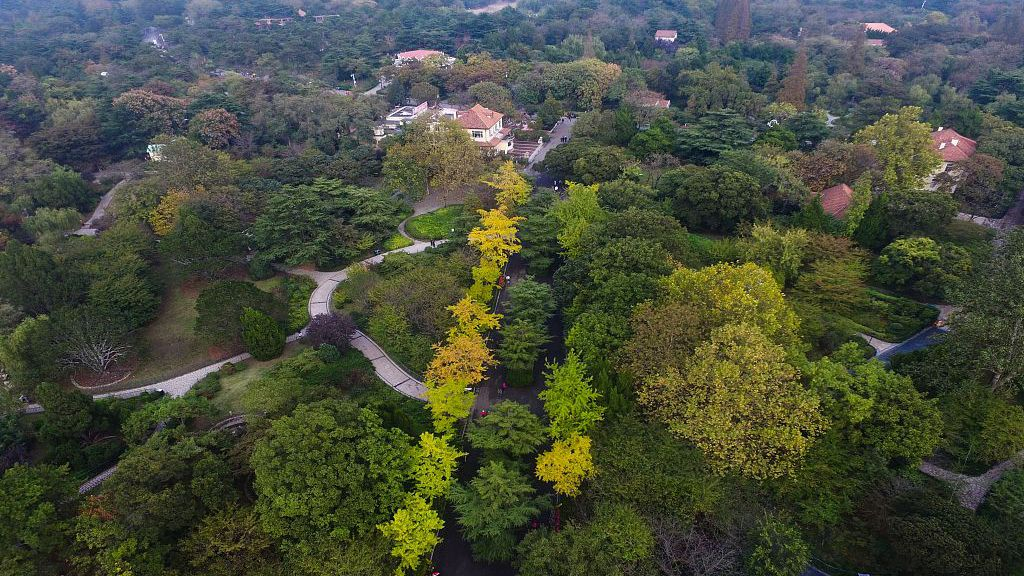
Early autumn and in an aerieal view of Zhongshan Park. /VCG Photo
Early autumn and in an aerieal view of Zhongshan Park. /VCG Photo
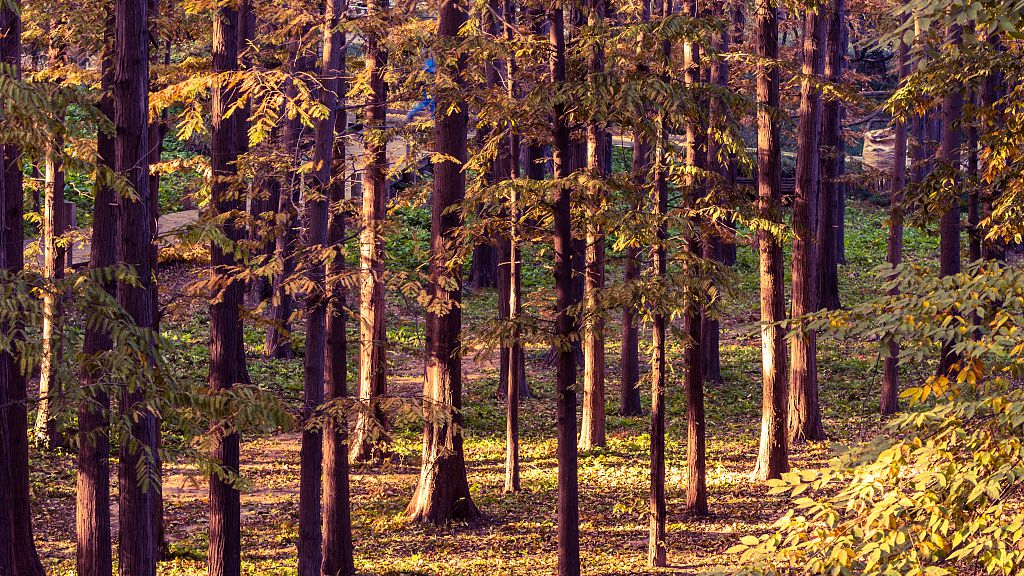
Autumn at Zhongshan Park. /VCG Photo
Autumn at Zhongshan Park. /VCG Photo
41st anniversary
In 1979, on the sixth session of the Standing Committee of the Fifth National People's Congress, March 12 was designated as China's Arbor Day.

The first postal stamp honoring China's Arbor Day was released on March 11, 2019. /VCG Photo
The first postal stamp honoring China's Arbor Day was released on March 11, 2019. /VCG Photo
Since then, China has seen a remarkable growth in forestry resources and afforestation projects.
The forest coverage rate of China has increased about 10 percent since then, with the world's largest planted forests and an 80-percent expansion of forest areas. The green coverage rate in rural areas has reached 20 percent, while urban areas hit 37.9 percent. China aims to increase its forest coverage rate to 26 percent by 2035. To fulfill this target, it is necessary for China to invest more efforts in afforestation, planting about 6.67 million hectares of trees every year and implementing strict protection of forestry resources.
China is also focused on protecting existing natural forests. For example, in 2016, the Shennongjia National Park Bureau was set up to protect this UNESCO World Heritage site, specifying management and preservation of the park in a much more detailed manner than before when the park did not have its own bureau to it.
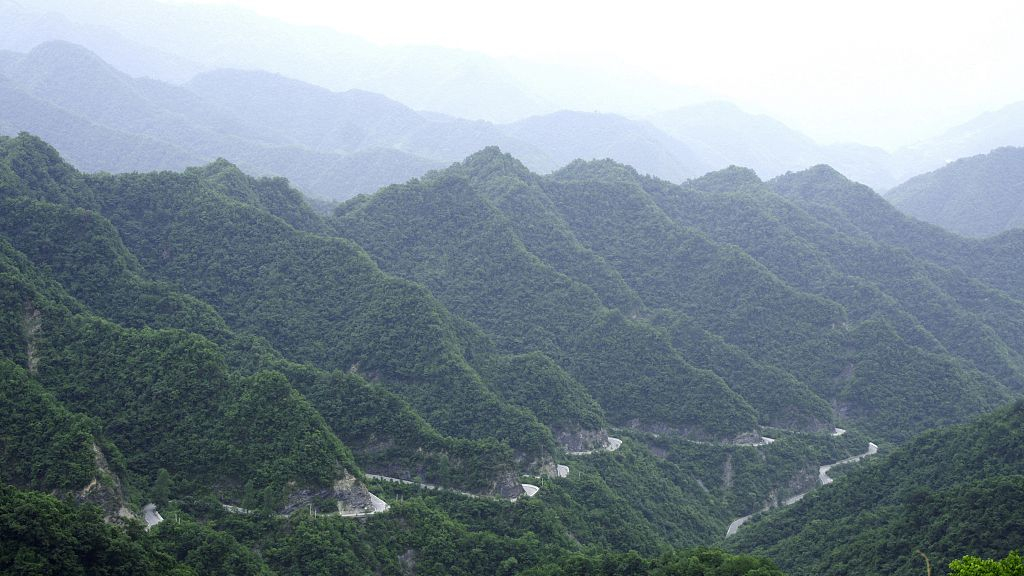
The Shennongjia National Park in Hubei Province, central China. /VCG Photo
The Shennongjia National Park in Hubei Province, central China. /VCG Photo

Sea of cloud in Shennongjia, Mar 12, 2018. /VCG Photo
Sea of cloud in Shennongjia, Mar 12, 2018. /VCG Photo
March 12 has become a fun day of tree-planting for school kids in China, going outdoor for a few hours instead of sitting in the classroom, with a legitimate reason to do so. For younger people, this day is meant to be educational. Chinese people use the metaphor of tree and its shade to express gratitude for our predecessors, as we get to sit in the coolness of the shade thanks to their efforts of designing or protecting the greenery for us.

